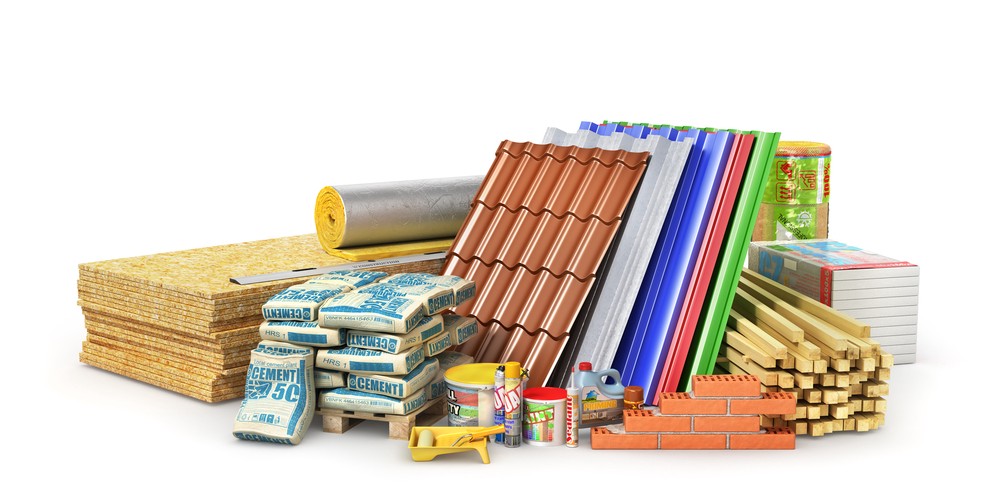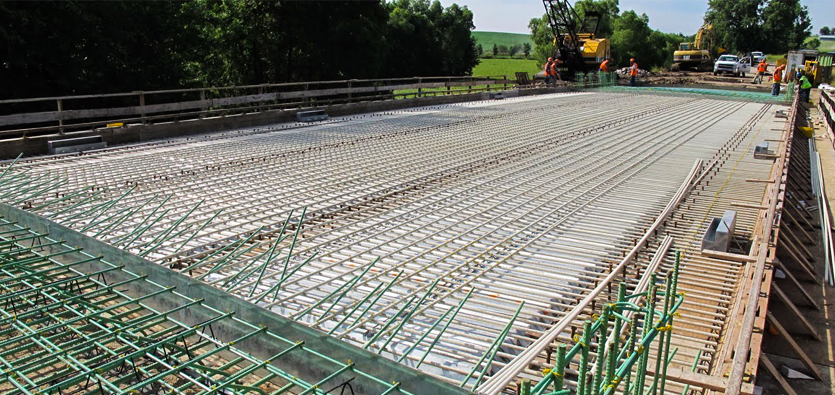Composites: The Key to Modern, Lasting Building And Construction
Composites: The Key to Modern, Lasting Building And Construction
Blog Article
Unlocking the Environmental Advantages of Recycled Composites in Building And Construction and Style
In the world of building and layout, the application of recycled compounds holds significant promise for enhancing sustainability techniques and reducing environmental impact. The shift in the direction of an extra lasting future in these sectors pivots on unlocking the full potential of recycled composites.

Environmental Impact Decrease
The reduction of ecological influence with the use of recycled composites in construction and design plays an important role in sustainable techniques. By integrating recycled composites into structure products, the construction industry can significantly lower its carbon footprint and contribute to a much more environment-friendly future. These sustainable products, made from repurposed plastics, wood fibers, or other recycled components, use a practical alternative to conventional construction products without jeopardizing on quality or resilience.
Recycled compounds assist divert waste from landfills and reduce the demand for drawing out basic materials, therefore conserving natural deposits. In addition, the manufacturing procedure of these composites frequently eats less power and discharges fewer greenhouse gases contrasted to producing virgin materials (composites). This shift in the direction of utilizing recycled compounds not only minimizes environmental injury but additionally promotes a round economic situation by motivating the reuse of products that would otherwise be thrown out
Waste Minimization
With a concentrate on lessening waste in construction and style, the assimilation of recycled composites provides a lasting solution to decrease ecological effect. Waste reduction is an essential aspect of sustainable techniques, and making use of recycled composites provides a possibility to attain this goal successfully. By using materials that have already served their preliminary objective, such as recycled plastics or redeemed wood fibers, the building and design industries can considerably minimize the quantity of waste created and sent out to garbage dumps.
Recycled compounds have the potential to divert substantial amounts of waste from traditional disposal methods, contributing to a more circular economic climate where sources are used effectively. Furthermore, the manufacturing process of recycled composites frequently consumes less energy and generates less exhausts contrasted to virgin products, additionally decreasing the environmental footprint of building and design projects.
Implementing waste reduction approaches via the consolidation of recycled composites not only helps in conserving all-natural sources however likewise promotes a more sustainable method to building and making for a greener future.
Power Conservation
Incorporating recycled composites not just lessens waste in building and construction and layout however also plays a vital role in enhancing power preservation methods within the industry. The use of recycled compounds in building and construction can substantially contribute to power conservation through numerous ways. The manufacturing of virgin materials usually requires considerable power inputs, whereas utilizing recycled compounds takes in less energy, thus reducing general power consumption. In addition, incorporating recycled compounds can add to better insulation residential properties in structures, decreasing the demand for excessive home heating or air conditioning, and consequently reducing power usage for environment control. The lightweight nature of lots of recycled compounds can lead to lighter structures, needing much less power for transport and installment. By promoting using recycled compounds in building and layout, the sector can make considerable strides in the direction of attaining energy effectiveness and lowering its carbon footprint, eventually adding to an extra lasting constructed environment.
Carbon Footprint Reduction
Enhancing sustainability practices through the utilization of recycled compounds in building and construction and layout dramatically minimizes the carbon impact of the market. By incorporating recycled products right into the production of composites, the need for virgin sources lowers, resulting in lower power usage and greenhouse gas emissions connected with traditional production processes. This reduction in carbon impact is vital in combating environment change and advertising a much more ecologically pleasant strategy to building and design.
The carbon impact reduction accomplished via the adoption of recycled compounds lines up with the international press towards sustainable techniques and the reduction of industrial discharges. Inevitably, by prioritizing the assimilation of recycled composites, the market can make substantial strides in lowering its carbon footprint and contributing to an extra lasting have a peek at this site future.
Sustainable Future
The integration of recycled compounds in building and design not just addresses immediate environmental worries however likewise lays a solid foundation for a lasting future in the industry. By integrating recycled composites into structure materials and items, the building and design markets can considerably lower their reliance on virgin sources, resulting in an extra circular economic situation. This shift in the direction of sustainability is important for mitigating the ecological influence of conventional construction methods, which usually lead to high degrees of waste generation and resource deficiency.

Final Thought
To conclude, recycled compounds supply substantial ecological advantages in building and design by decreasing environmental impact, minimizing waste, preserving power, reducing carbon footprint, and promoting a lasting future. Welcoming the usage of recycled compounds can add to a more environmentally-friendly approach to building and design, ultimately resulting in a more lasting and greener future for all.
The decrease of environmental impact via the usage of recycled composites in construction and design plays an important role in lasting techniques.With an emphasis on reducing waste in construction and layout, the combination of recycled composites uses a sustainable solution to lower environmental impact. By advertising the use of recycled compounds in building and construction and style, the industry can make significant strides in the direction of accomplishing energy performance and minimizing its carbon footprint, inevitably contributing to an extra sustainable constructed environment.

Report this page